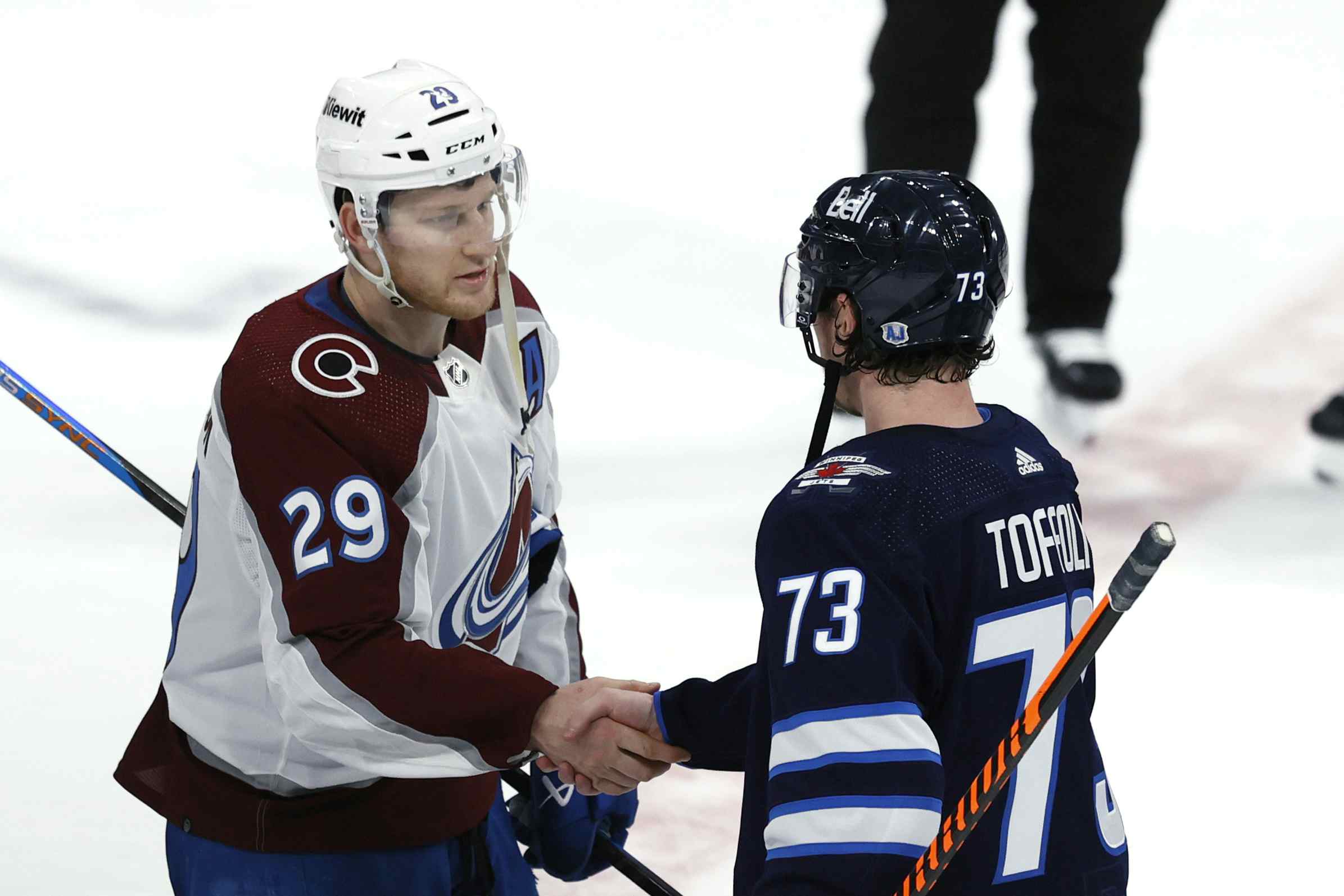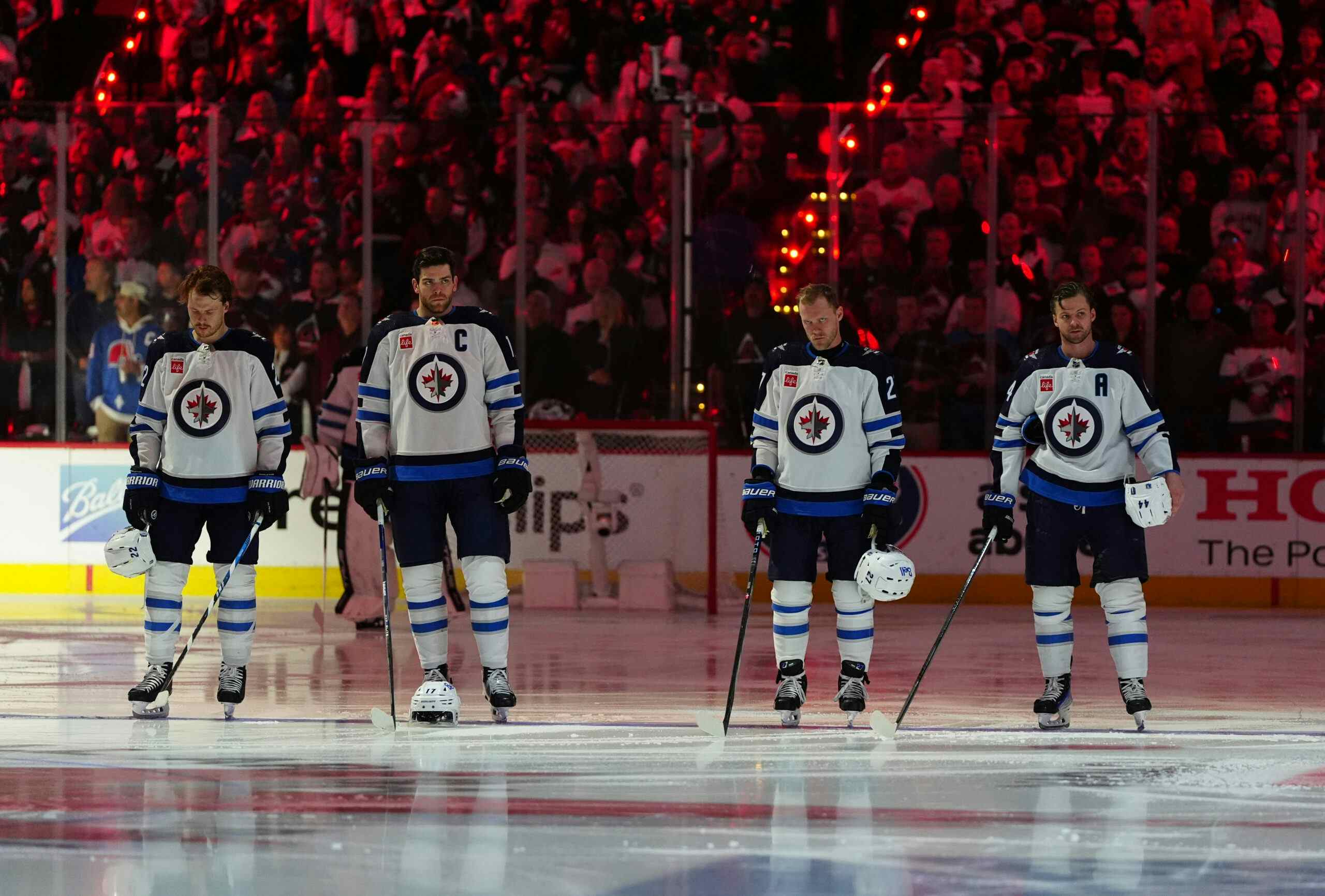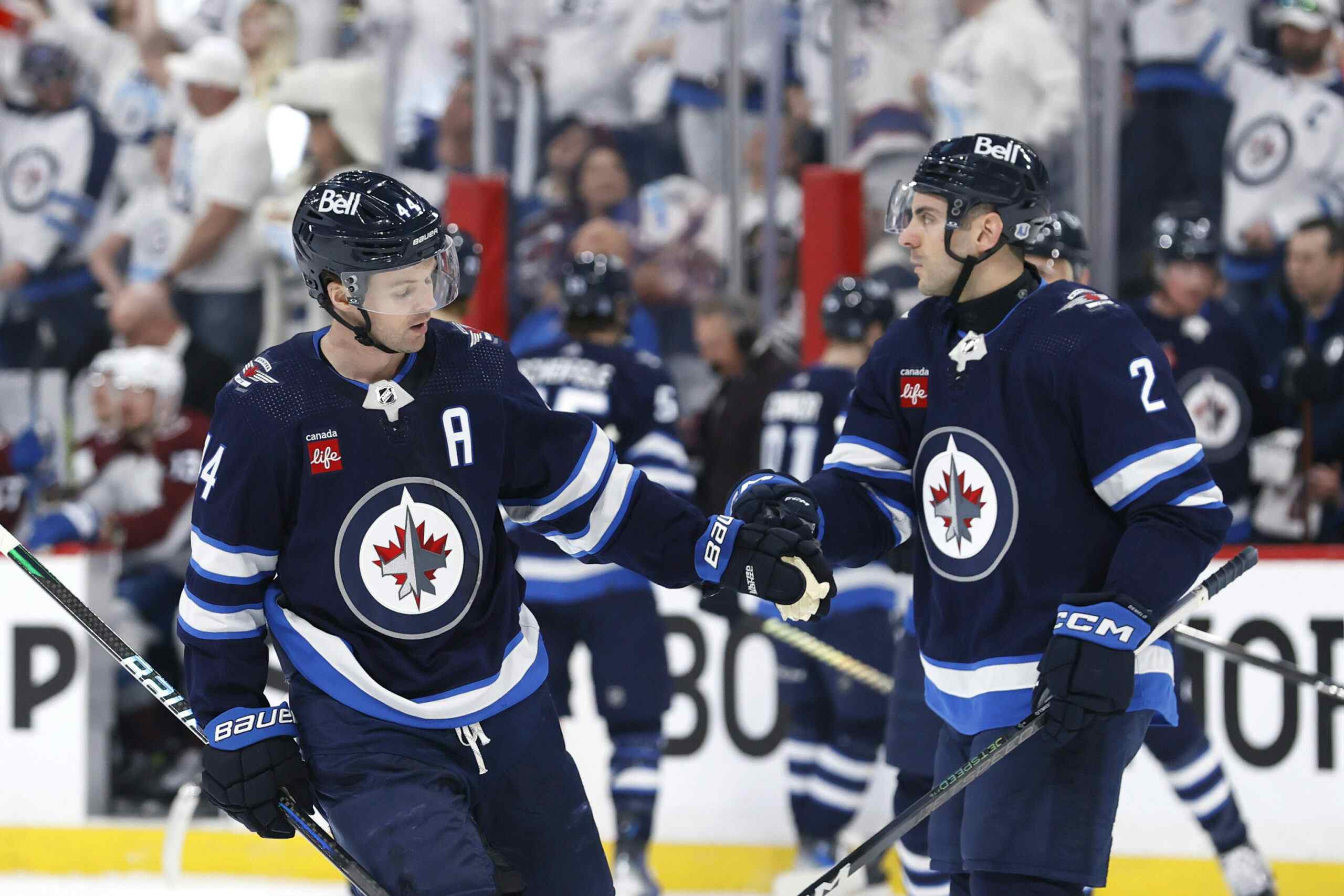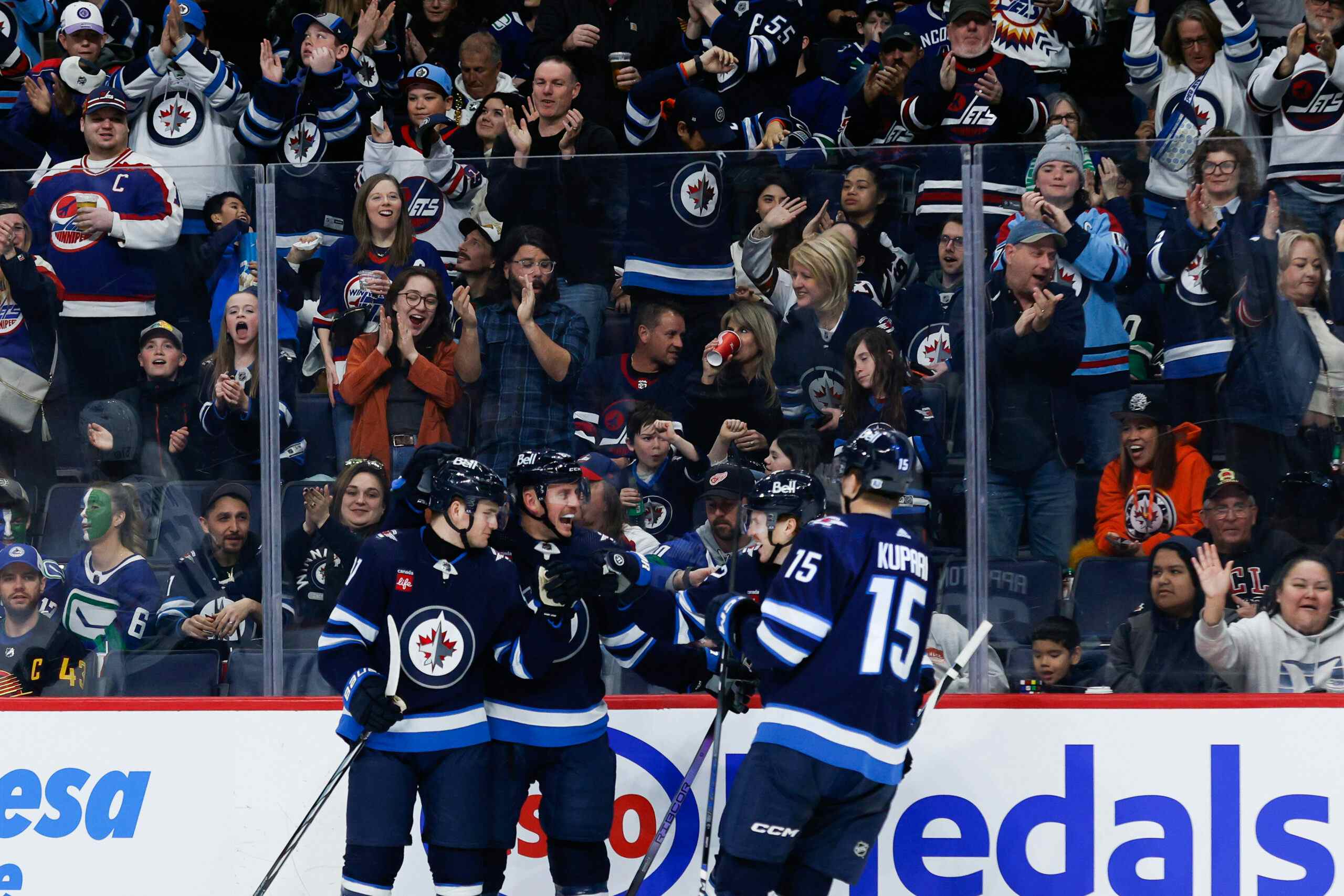Do the Manitoba Moose rely too much on their youth?
By Garret Hohl
8 years agoThe Manitoba Moose have struggled in their inaugural season. Big time.
It’s been tough for Winnipeg Jets’ fans, who have hoped to see their prospects begin to succeed. The Jets have been highly lauded for their scouting and development programs. One would hope this success would eventually spill into their AHL team.
It’s even tougher for Moose fans, who do not get a lottery ticket for being the worst team in the league.
What about the infusion of youth to the team? The Moose added a tonne of young players with little to no pro-level experience. Could the Moose just be too young?
The team currently sits second to last in the Western Conference in both points and point percentage. They are have the same amount of wins as the last place team, despite playing three more games.
A deeper look into other metrics. They are the most out scored team, allowing 46 more than they have scored and controlling only 38 per cent of goals. They are also the most out shot team, allowing 304 more shots than they have generated and controlled only 43.7 per cent of shots. At an estimated 43 per cent, the Moose are the only team outside of the 45-55 range in estimated Fenwick-close.
But are they too young?
I took a look at the Manitoba Moose’s roster and looked at what proportion of the roster each age group covered.


Note: For these and all subsequent visuals, 30 actually represents 30 or older
We see that the Moose are indeed young. Most of the population rests at 22 or younger for forwards, and 23 or under for defenders. In addition, most of the team’s production has been carried out by those individuals.
Numbers require context, however. Is this population the norm or an exception?
To compare, I grabbed three other rosters: the Toronto Marlies, the Utica Comets, and the Bakersfield Condors. I chose these three due to being three teams covered by the Nation Network, are well respected for their prospect pools, and vary greatly in their AHL performance.


All four teams, with maybe the exception of the Comets, are fairly similar in team composition being composed of players at the “rookie” ages of 19-22. We do see some differences in the 23-25 range, and then the older teams catch up.
While the Moose do indeed seem to be a slightly younger team, especially on the back-end, they are not all that exceptionally different than some teams doing better than them.


We start to see a pattern here. While it’s not overwhelming, the Moose have the largest bulk of their offense coming from their youngest. This is especially apparent at 22 and under for forwards and 23 and under for defenders.
There’s another way we can look at this (last graph, I promise). I looked at the differences between the two proportion graphs for forwards.

In theory, a balanced team will stay around centre. A team driven by youth will sit above the line, while a team driven by an older core will fall under.
The Moose are indeed a young team, but not exceptionally so. It appears that the failures for the Jets’ farm team is more about the aggregate quality rather than the distribution of age and experience. It likely falls down to a combination of poor veteran performance and the youth not being good enough to carry the anchoring older player.
Recent articles from Garret Hohl





